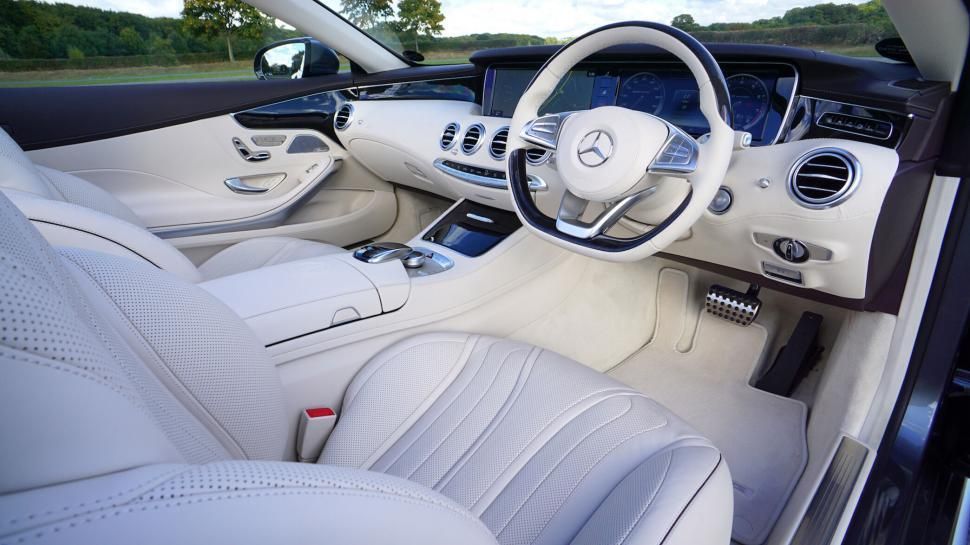
Automakers are constantly in a race to see who can build the most luxurious car, and with that ambition comes an ever-increasing array of features designed to dazzle and entice. While technological advancements have undeniably improved vehicle safety and manufacturing processes, they’ve also ushered in a host of additions that often inflate price tags without delivering genuine value to the driver.
Many of these so-called ‘must-have’ options look fantastic in a brochure or during a brief test drive, creating a compelling illusion of convenience or luxury. However, once you live with them day-to-day, their practical benefits often fall short, transforming what promised to be an enhancement into a frustrating gimmick or, worse, an expensive liability in terms of maintenance and repair.
As discerning car buyers, it’s crucial to cut through the marketing hype and identify features that are genuinely useful versus those that are just adding unnecessary cost and complexity. This guide is designed to empower you with the knowledge to make smarter choices, helping you optimize your driving experience and your wallet. We’re diving deep into 14 popular car features that often sound cool but, in reality, are far from indispensable.

1. **GPS Navigation**In the digital era of the twenty-first century, the days of struggling with paper maps to figure out where you’re going have become a distant memory. GPS is all some folks even know how to use these days, and car manufacturers are quick to offer factory-installed navigation systems as a premium feature. However, for most modern drivers, this built-in luxury is quickly becoming one of the most redundant pieces of technology in a vehicle.
The core issue is simple: do you have a smartphone? Most people do, and with it comes a powerful, constantly updated, and often free GPS navigation system. Apps like Google Maps or Waze on your phone offer real-time traffic updates, detour suggestions, and a more intuitive interface than many car-integrated systems. For a fraction of the cost of a built-in system, typically starting from $500 but often bundled into expensive “tech” packages adding up to $4,000, you can invest in a good dashboard phone holder and leverage the technology you already own.
While it’s true that built-in satellite GPS can be more reliable in areas with spotty cell phone service, how often do most people truly need directions in such remote locations? For the vast majority of daily commutes and road trips, your smartphone provides superior functionality and convenience. Paying extra for a redundant system in your car means you’re not saving your hard-earned dollars for features that truly enhance your safety or driving pleasure. It’s a classic case of paying for something you already carry in your pocket.
Read more about: Consumer Reports Guide: Top 14 Cars of 2024-2025 Redefining Safety with Cutting-Edge Technology and Unbiased Crash Test Results

2. **Satellite Radio**When you think about useless features in a vehicle, satellite radio often springs to mind. This medium began its boom period just as the iPod was gaining popularity, creating an immediate challenge for its adoption. Why would someone pay a monthly fee for a satellite radio subscription when they could simply play their extensive catalog of music from their personal device? This fundamental question quickly eroded its initial appeal.
The situation worsened significantly with the widespread adoption of streaming services such as Spotify and Pandora. These platforms offer a vast array of content, superior sound quality, and the flexibility of on-demand listening, all accessible through a smartphone that most drivers already possess. This evolution effectively served as the “final death knell” for satellite radio’s relevance, rendering its monthly subscription model largely obsolete for the average consumer.
Despite this clear shift in consumer preference and technological advancement, many new cars continue to offer satellite radio as an option, often with promotional subscriptions. Automakers, and the satellite radio providers themselves, persist in trying to “push these subscriptions onto new car shoppers in an attempt to keep the medium alive.” Yet, the reality remains that streaming music and podcasts directly from your phone is a whole lot easier, more cost-effective, and provides a richer, more personalized listening experience. Built-in satellite radio decks, frankly, are destined to become a thing of the past.
Read more about: Unveiling America: A Journey Through the United States’ Rich Tapestry of History, Geography, and Enduring Global Influence
3. **Heads-Up Display (HUD)**Heads-up displays, or HUDs, are designed with a seemingly noble goal: to project essential graphics onto your windshield, theoretically allowing you to keep your eyes on the road without glancing down at the instrument cluster. The appeal of feeling like you’re “piloting a fighter jet” is certainly there, but in practice, this futuristic feature often becomes less of an aid and more of a visual distraction that clutters your field of view.
Modern cars are already replete with various displays and warning lights, making the driving environment quite information-dense. Adding a HUD can “overload you with information,” creating an unnecessary layer of data that competes for your attention. The context explicitly states that “all the displays on the instrument cluster are not a primary focus when driving a car,” suggesting that occasional glances are sufficient for monitoring, rendering the constant projection of data onto the windshield largely superfluous.
Furthermore, factors like bright sunlight can make HUDs difficult to read, negating their supposed benefit. Most of the information they present, such as speed, is already clearly visible on your dashboard. For many drivers, the HUD is a feature that sounds impressive on paper but fails to deliver a significant, practical advantage in real-world conditions, adding complexity and cost without a clear enhancement to safety or convenience. It’s often ignored, leaving drivers to rely on the “tried-and-true gauges in front of you.”
Read more about: Crystal Sphere, Facial Recognition & More: 18 Genesis GV60 Luxury Tech Features
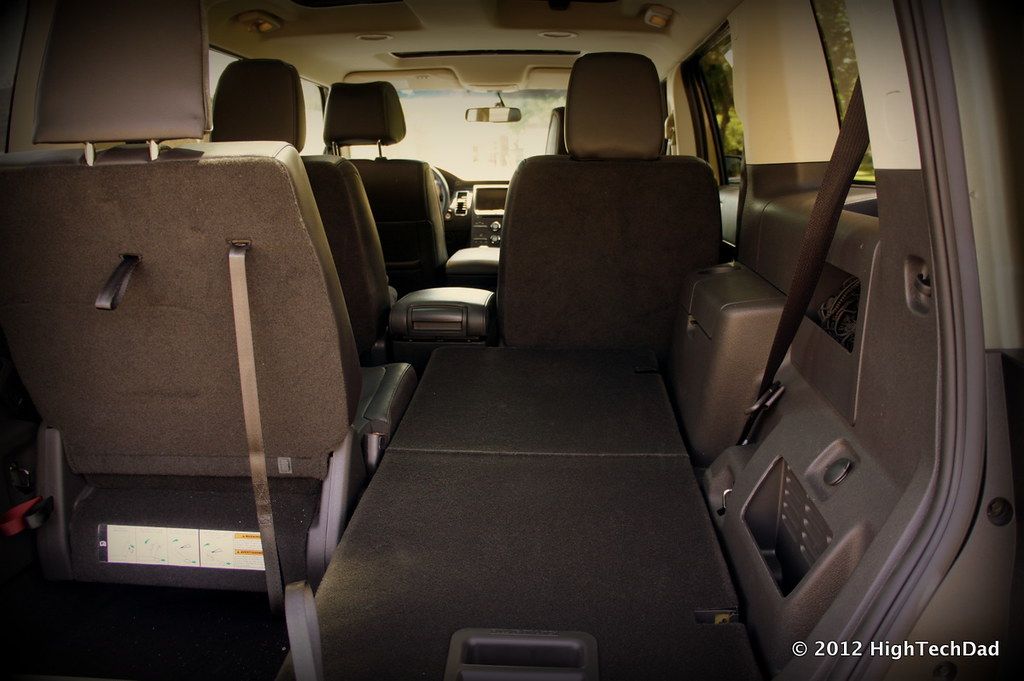
4. **Rear Seat Entertainment Systems**When cars first rolled out with rear-seat entertainment screens, they were genuinely perceived as a groundbreaking innovation, promising to transform long journeys by keeping children or other backseat passengers engaged and quiet. For a time, they were the “coolest thing ever,” offering a dedicated platform for watching videos, movies, or TV programs. However, like many early tech integrations, their usefulness has been dramatically outpaced by rapid technological advancements.
The primary reason for their obsolescence is the pervasive presence of personal portable devices. “With everyone carrying a smartphone or tablet these days,” the need for built-in screens has largely evaporated. Modern tablets offer a far superior and more flexible entertainment experience: they provide access to a wider array of apps, games, streaming services, and personalized content that fixed in-car systems simply cannot match. Passengers can choose what they want to watch or do, rather than being limited to the car’s pre-selected media.
Beyond the limited functionality, these systems are typically “clunky, limited in features, and expensive to repair if something goes wrong.” The cost of adding them to a new vehicle, plus the potential for costly maintenance, makes them an incredibly poor investment compared to the BYOD (Bring Your Own Device) approach. Instead of “shelling out extra cash for built-in screens,” opting for passengers to use their personal devices is “cheaper and offers more flexibility,” making rear-seat entertainment systems a prime example of an outdated car feature.
Read more about: Revving Up the Past: 14 Iconic Retro Cars and Classic Features Making a Roaring Return in 2025!

5. **Social Media Integration**The idea of integrating social media directly into a car’s infotainment system might sound like a modern convenience to some, but it squarely lands on the list of truly useless and potentially dangerous features. With the alarming statistics on distracted driving — “804,928 total accidents were the result of distracted driving” in 2021, and “64,901 were due to cell phone usage” — introducing social media into the vehicle’s primary interface is a recipe for disaster.
The core problem is attention. Driving demands full concentration, and any feature that encourages drivers to divert their focus from the road is a significant safety hazard. “Social media integration in the infotainment system can lead to many distractions on the road, posing risks of potential crashes.” Even if accessible “only through voice-activation,” the cognitive load of engaging with social media while operating a vehicle falls “squarely under the umbrella of distracted driving,” compromising not just the driver’s safety but that of other road users.
The advice is clear and unequivocal: “When safely parked, drivers can use their smartphones or tablets to log in to social media rather than when they are meant to concentrate on the road.” Anyone who feels a compelling need to use social media while driving should perhaps “be seeking treatment for social media addiction and stop putting the lives of others at risk by their distracted driving!” This feature is not just useless; it’s actively detrimental to road safety and responsible driving habits.
Read more about: Duke Cunningham, 83, Dies: Tracing the Complex Legacy of a Vietnam War Hero and Convicted Congressman

6. **Voice and Gesture Control**In the quest for futuristic appeal, many car brands, including BMW, Jaguar, and Mercedes, have introduced various forms of voice and gesture control. These technologies promise a hands-free, intuitive interaction with the vehicle’s systems, making mundane tasks like adjusting volume or answering calls seem effortless. However, in real-world application, this perceived convenience often devolves into frustration, making it a feature that is arguably more gimmick than genuinely useful.
The primary complaint revolves around accuracy and reliability. “Many of these systems misinterpret the voices and signs and continue to perform quite different actions from what the driver intended anyway.” This lack of precision means drivers frequently find themselves repeating commands, or worse, witnessing the system execute an entirely unrelated function. The experience can be infuriating, turning a supposed time-saver into a time-waster and a potential distraction from the road.
As the context aptly points out, “straightforward settings like volume and call answering simply require some arm and hand movements.” For most drivers, manually pressing a button or using a touchscreen is not only “quicker and easier” but also more reliable and less prone to misinterpretation. Consequently, “most drivers often use the manual way of imputing cabin commands while voice and gesture controls remain off,” rendering this seemingly advanced technology largely redundant and unnecessary in daily use.
Read more about: Mastering the Road: 14 Lifehacker-Approved Strategies to Calmly Navigate Aggressive Drivers and Stay Safe

7. **Touchpad Controllers**The touchpad controller, often positioned on the center console, is another feature that, on the surface, appears to streamline interaction with the dashboard display, making it “seem easier as you put your right hand on the center console to control the display.” The allure of a sleek, modern interface is strong, yet this method of control frequently introduces more problems than it solves, especially when driving conditions demand unwavering attention.
The fundamental flaw lies in its ergonomics and cognitive demand while driving. “Moving your hand from the steering wheel to the center console is too much work, considering you should concentrate and have both hands on the wheel at high speeds.” Unlike physical buttons or rotary dials that can often be operated by feel without looking, touchpads require visual confirmation and a level of precision that is challenging and unsafe to maintain while the vehicle is in motion.
Even “the latest controllers are difficult to use effectively while driving, which frustrates most drivers who are concerned about their safety.” The need to divert attention from the road to accurately manipulate a touchpad for functions that could be handled by simpler, tactile controls makes this feature counterproductive. It’s a design choice that prioritizes aesthetic minimalism over practical, safe usability, ultimately making it a “useless” addition for the majority of drivers.
The automotive landscape is constantly evolving, with new technologies promising to make our lives easier, safer, and more luxurious. Yet, as we continue our journey through the maze of modern car features, it becomes increasingly clear that not every innovation is a genuine improvement. Many additions are simply over-engineered gimmicks that add unnecessary cost, complexity, and even frustration to the driving experience. It’s about cutting through the noise and understanding what truly enhances your ride versus what’s just there to impress on a spec sheet.
Here, we unveil seven more car features that, despite their initial appeal, often prove to be more trouble than they’re worth. From traditional components nearing obsolescence to modern tech designed for convenience, these examples highlight why informed consumers should approach them with a healthy dose of skepticism.

8. **Electronic Parking Brakes**For decades, the manual parking brake served its purpose reliably: locking a car’s wheels when parked, a simple and effective mechanism. The advent of the electronic parking brake, or EPB, promised an upgrade, offering the benefit of requiring less physical effort to activate. While that sounds appealing, this modern convenience introduces a host of complexities and potential headaches that its manual predecessor rarely, if ever, presented.
The simplicity of a manual handbrake is its strength; it rarely fails and requires minimal maintenance. In stark contrast, the electronic parking brake system, with its intricate components, demands much more maintenance. This increased complexity translates directly into higher repair costs should something go wrong, transforming a straightforward safety feature into a potential financial burden down the line.
Many drivers have found themselves frustrated by an EPB that engages mistakenly with a casual touch of a button. An even more concerning scenario arises when the system refuses to disengage due to an electronic failure or a low battery, leaving the driver in a challenging predicament. What was intended as a modern convenience often becomes a source of aggravation, complicating a function that should be utterly dependable.
Ultimately, the electronic parking brake is a prime example of an over-engineered solution to a non-existent problem. Its added complexity, increased maintenance needs, and potential for electronic failure make it a feature that, for many, offers more hassle than genuine improvement over the simple, reliable manual alternative. It’s a compelling case for sticking with the basics when they work perfectly well.
Read more about: Consumer Reports Guide: Top 14 Cars of 2024-2025 Redefining Safety with Cutting-Edge Technology and Unbiased Crash Test Results
9. **Rain-Sensing Windshield Wipers**Rain-sensing wipers sound like a godsend on a dreary, rainy day. The promise is simple: these wipers will automatically activate and adjust their speed based on the intensity of the rain, freeing the driver from another manual task. Minimizing workload behind the wheel is always a welcome idea, and on paper, this feature appears to be a clear win for convenience.
However, in real-world driving, the execution often leaves much to be desired. Many drivers report that the system can be incredibly inconsistent. It might take too long to react when a light drizzle begins, or conversely, it might furiously wipe a nearly dry windshield after a brief splash. The context explicitly states, “the system can take too long to react when light rain starts or if the rain gets heavy,” making it a nuisance when precise, immediate action is needed.
One of the most frustrating aspects is when these wipers fail to activate at all during a sudden downpour, or worse, continue to operate long after the rain has stopped. This unreliability means that drivers often end up overriding the system and manually controlling their wipers anyway, negating the entire point of the automation. Instead of providing seamless convenience, they frequently add to a driver’s mental load.
While the concept is appealing, the current iteration of rain-sensing wipers often proves to be more of a gimmick than a genuinely useful tool. The manual control, activated within a second, remains far more reliable and responsive. Until the technology advances to a point of consistent precision, drivers are better off saving their money and trusting their own judgment for clear visibility.
Read more about: 9 Car Features That Aren’t Worth The Extra Cost

10. **Paddle Shifters**Paddle shifters, prominently situated behind the steering wheel, emerged from the high-performance world of racing and supercars. Ferrari, for instance, popularized the idea of a fast-shifting automatic transmission with a manual option, allowing drivers to execute quick gear changes with a flick of a finger. This innovation made perfect sense in vehicles designed for speed and track performance, where milliseconds matter and driver engagement is paramount.
However, like many features that trickle down from elite automotive segments, paddle shifters have now found their way into nearly every car model on the market. From slow, economy sedans to lumbering family SUVs, manufacturers offer these features as a standard or optional extra. The question then becomes: do they actually serve a meaningful purpose in these everyday vehicles?
For the vast majority of cars and drivers, the answer is a resounding no. Modern automatic transmissions have become incredibly sophisticated, often shifting gears more smoothly and efficiently than any human could with paddles, especially in a non-performance setting. In an economy car, attempting to “manually” shift gears with paddles offers no tangible benefit in terms of performance or fuel efficiency, making it an entirely gratuitous addition.
Ultimately, paddle shifters in many mainstream vehicles are an aesthetic pretense, an attempt to inject a sense of sportiness where none truly exists. They add unnecessary complexity to the steering wheel and typically go unused by the average driver who relies on the car’s capable automatic mode. It’s a classic case of a cool feature from one segment being applied broadly, losing its utility and becoming a mere gimmick in the process.
Read more about: Buyer Beware: 15 Popular Cars That Seriously Disappointed Owners, According to Driver Regrets and Reliability Data
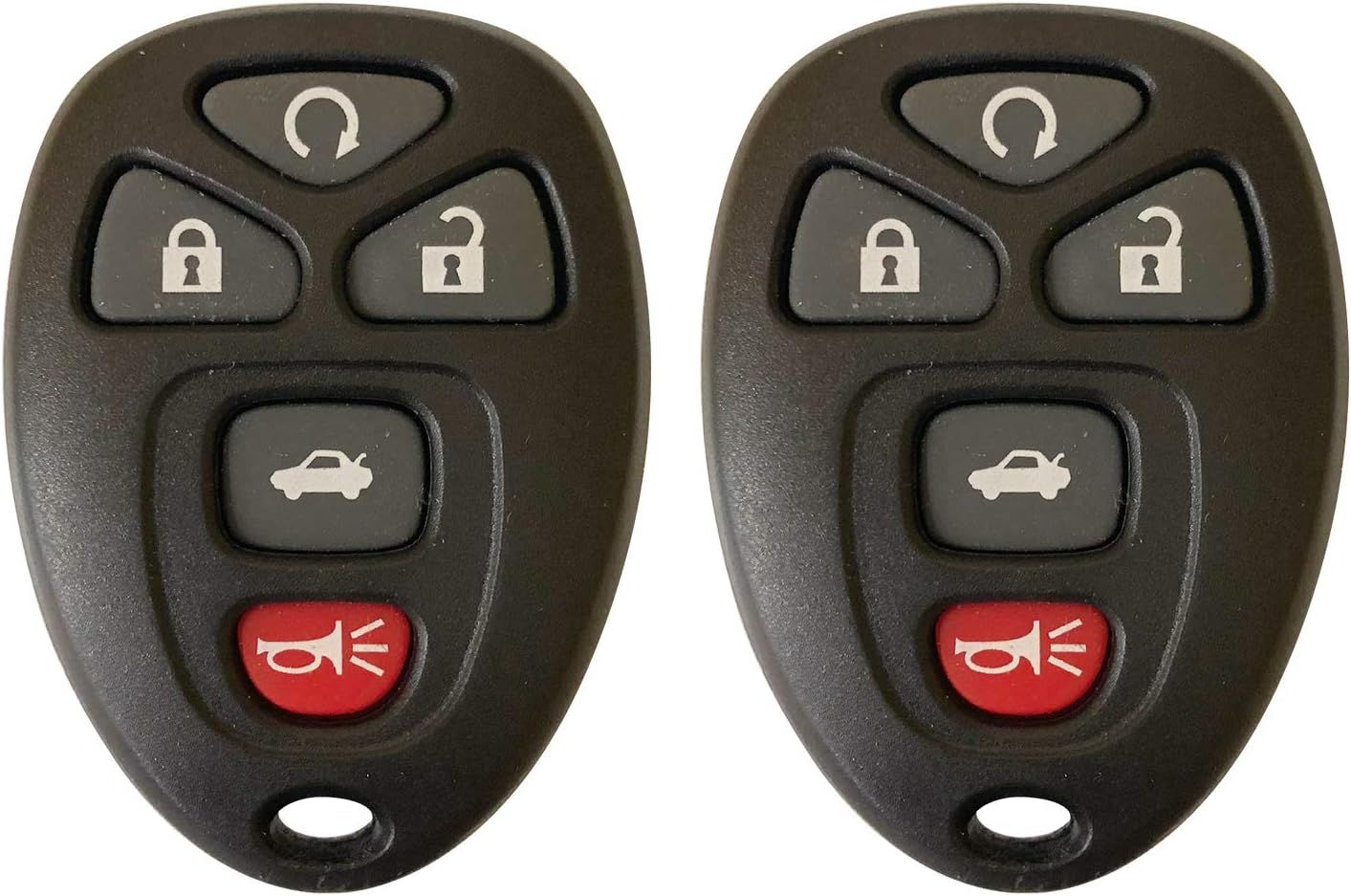
11. **Keyless Entry**Keyless entry systems have been around for years, offering the convenience of unlocking and even starting a car without the need to physically insert a key. The idea is simple: keep the fob in your pocket or bag, and the car recognizes you, granting access and allowing engine ignition. It sounds like a step forward in effortless vehicle interaction, streamlining the act of getting into and starting your car.
However, this convenience comes with notable downsides, particularly concerning security and owner responsibility. One major issue is the increased ease of misplacing the key fob. Without the physical act of inserting a key, the tactile reminder of its presence is gone, making it simpler to set down and forget the fob, leading to costly replacements or stressful searches.
More critically, keyless entry systems, despite their advanced nature, haven’t solved the risks of car theft; in some ways, they’ve introduced new vulnerabilities. Criminals have adapted by using “signal-extending relay devices to boost a relatively weak signal” from the fob’s location to the vehicle, effectively tricking the car into thinking the key is nearby. This bypasses the security measures, allowing thieves to gain access and start the engine with surprising ease.
Therefore, while keyless entry adds to the vehicle’s cost, it doesn’t necessarily enhance security and can even make a car more susceptible to certain types of theft. The convenience it offers is often outweighed by the increased risk of misplacement and the sophisticated methods criminals employ to exploit its technology. It’s a feature that promises peace of mind but can deliver the opposite.
Read more about: Level Up Your Lair: 15 Game-Changing Tech Gadgets to Transform Your Ultimate Man Cave!
12. **Soft-Close Doors**Soft-close doors, a feature that prevents car doors from being slammed shut, were initially praised for their ability to add a touch of luxury and refinement. The innovation’s primary purpose is noble: to reduce the risk of damage to the door itself and other car surfaces by gently pulling the door into a fully closed position once it’s lightly latched. This offers a quieter, more elegant experience, theoretically prolonging the life of door components.
However, the elegance of soft-close doors comes at a significant hidden cost and potential for long-term frustration. The mechanism relies on a vacuum system, which, like many complex electronic components, is prone to breaking down. When this system fails, the gentle closing action is lost, often leaving drivers with doors that don’t fully close without a firm push, defeating the entire purpose of the feature.
Beyond the inconvenience of failure, repairing these sophisticated vacuum systems is “fairly expensive.” This transforms what was meant to be a subtle luxury into a costly maintenance headache. Owners are faced with the choice of paying a substantial sum to restore a feature that, while nice, isn’t essential, or simply living with a partially functioning door system.
Ultimately, the practicality of soft-close doors is questionable for the average consumer. It’s far simpler and significantly more cost-effective to “instruct your passengers not to slam the car doors” than to invest in an option that requires expensive repairs. This feature exemplifies a luxury that adds more potential liability and cost than genuine, indispensable value to the daily driving experience.
Read more about: Driving Legends: The 12 Most Successful Mercedes-Benz Models Shaping Automotive History
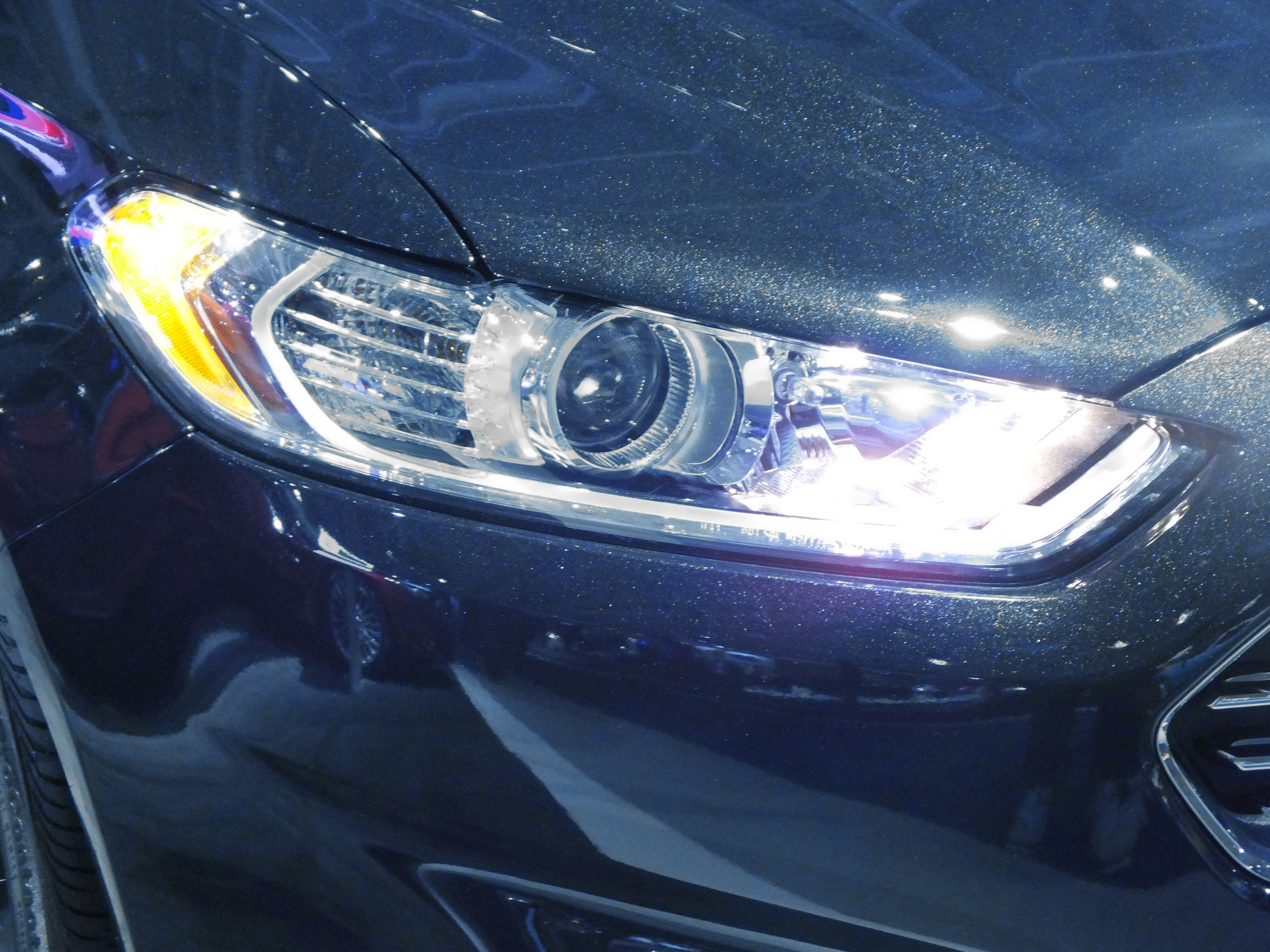
13. **Automatic Headlights**Automatic headlight systems are designed with a seemingly straightforward goal: to ensure your vehicle’s headlights are always turned on when required, adjusting to ambient light levels to provide optimal visibility. The promise is a hands-free approach to lighting, removing one more small task from the driver’s responsibilities and contributing to safety, especially when transitioning between varying light conditions.
Yet, the reality of these systems often falls short of their intended purpose. The sensors responsible for detecting ambient light can be notoriously unreliable. For instance, they may “detect adequate light in daytime fog and heavy rain,” meaning your headlights might not activate when they are most needed during hazardous weather conditions. This creates a false sense of security and compromises visibility precisely when it’s most crucial.
Another common complaint arises when driving into a tunnel. Instead of immediate activation, “the lights don’t activate immediately,” leaving a brief, dangerous period of reduced visibility. Such delays are enough to make many drivers “wish we could return to the manually operated headlights,” highlighting the system’s practical limitations and potential safety drawbacks. The automation, in these critical moments, becomes a liability.
While the concept is well-intentioned, automatic headlights can be more of a distraction and a source of concern than a genuine aid. Their unpredictable behavior in varying conditions means drivers often find themselves second-guessing the system or manually intervening. This feature, meant to simplify, often adds an element of uncertainty, making it a less-than-ideal substitute for driver awareness and manual control.
Read more about: Beyond the Badge: A Deep Dive into 14 Overrated Car Brands You Might Regret Buying in 2025
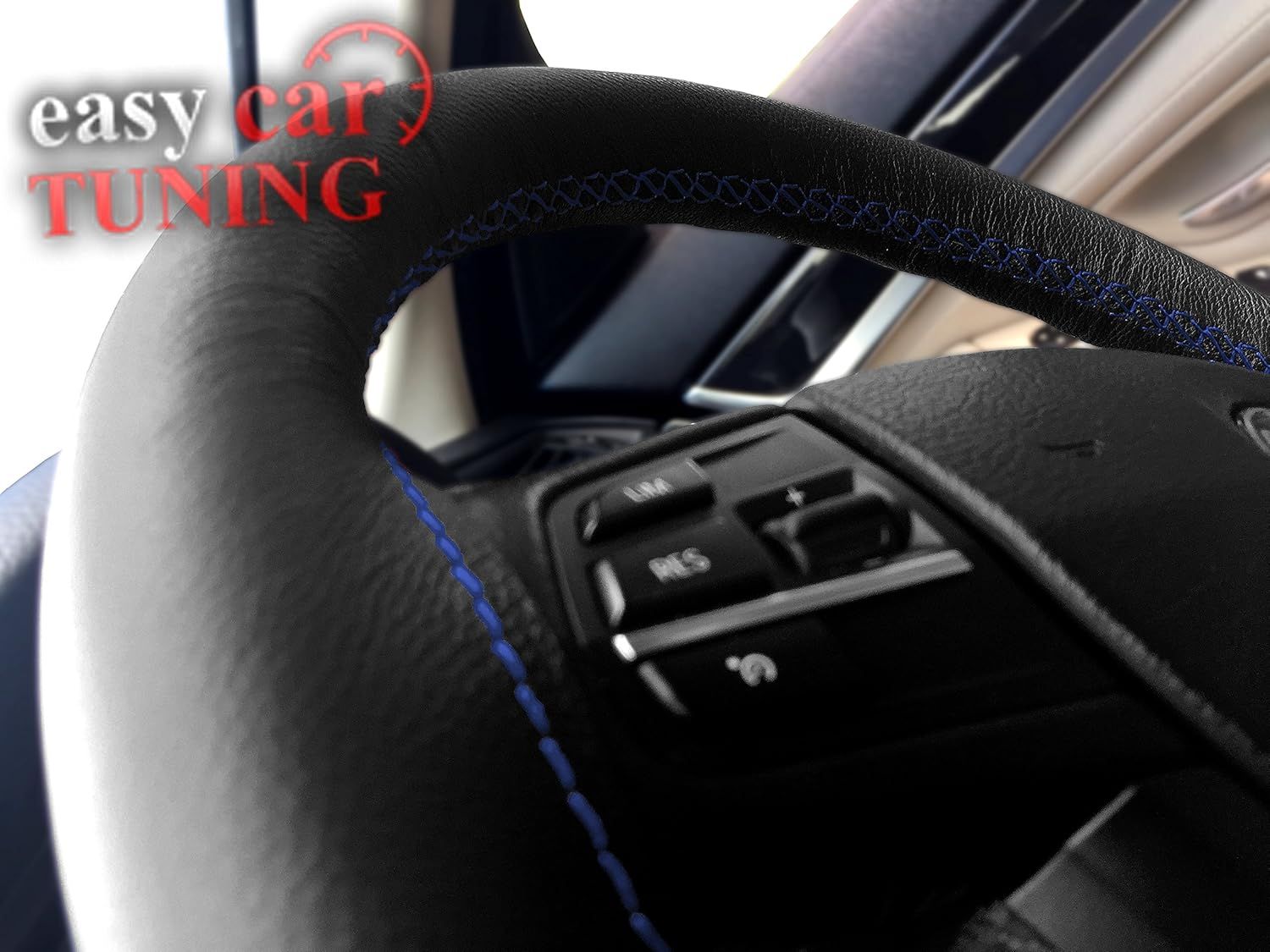
14. **Heated Steering Wheel**A heated steering wheel often appears on luxury feature lists, promising to make cold-weather driving a more comfortable experience by warming your hands on chilly mornings. It’s undeniably a pleasant thought to have a toasty wheel, especially if you live in a region where winter temperatures plunge. For some, this seemingly simple amenity is perceived as a significant upgrade to daily driving comfort.
However, the practical utility of a heated steering wheel is often quite limited. Unless you reside in an exceptionally cold climate, its use might be infrequent, making its added cost questionable. Furthermore, many drivers find that “the heat doesn’t distribute evenly,” leading to pockets of warmth mixed with colder sections, which can be less satisfying than expected. It also “can take a while to warm up,” diminishing its immediate comfort benefits on a short commute.
Most people, even those in colder areas, tend to find themselves turning it off after a short period because “it’s either too hot or not warm enough.” This inconsistency in comfort means the feature often gets toggled off, leaving it unused for the majority of a drive or for many drivers altogether. It becomes a feature that, while sounding appealing in theory, rarely delivers consistent, lasting value.
Ultimately, a heated steering wheel is a prime example of a luxury addition that, for most drivers, doesn’t justify its cost or perceived necessity. It’s a feature that might sound appealing on paper but adds little meaningful enhancement to the overall driving experience, especially when compared to more practical comfort or safety features. It serves as a reminder that not all creature comforts are indispensable.
Read more about: Beyond the Hype: 12 Top Electric Vehicle Alternatives to Tesla Worth Considering Now
As we’ve explored these 14 ‘must-have’ features, a clear pattern emerges: what glitters in the showroom isn’t always gold on the road. Automakers will continue to push the boundaries of technology, but it’s up to us, the informed consumers, to discern genuine innovation from clever marketing. By understanding the true value – or lack thereof – of these features, you can make smarter purchasing decisions, ensuring your vehicle truly enhances your life without burdening you with unnecessary costs and complications. Drive smart, not just flashy!




